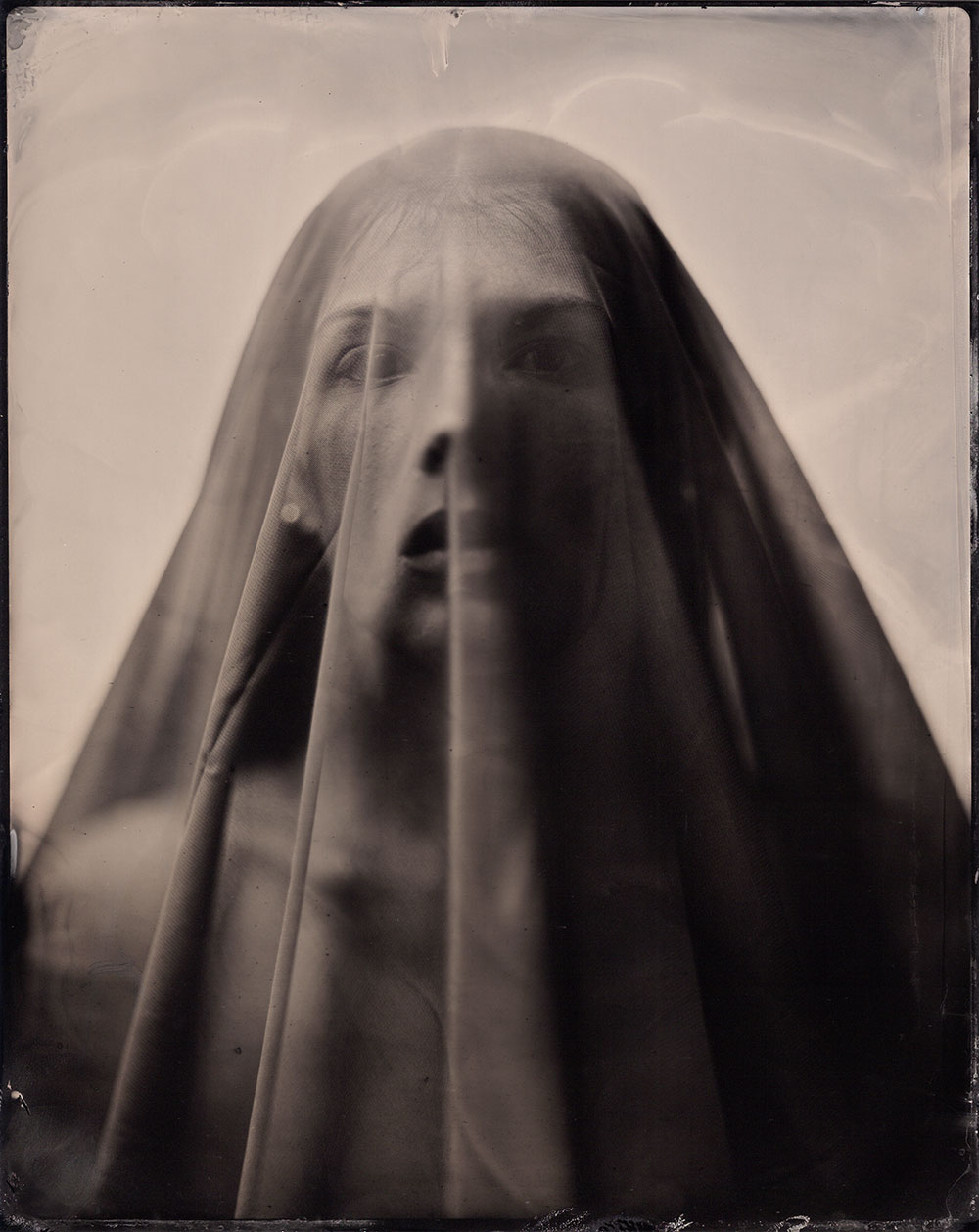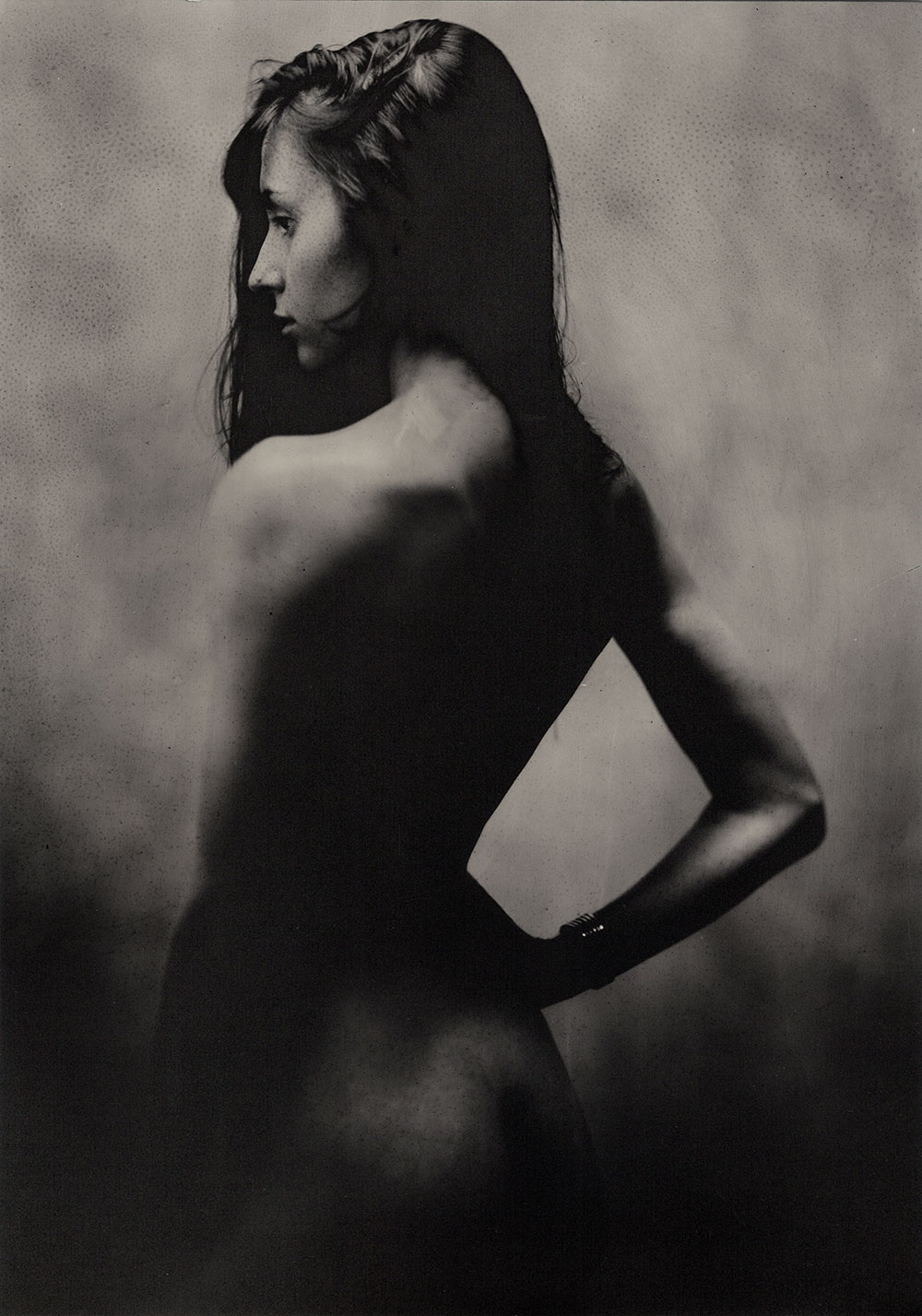Bio
Greg Shea is a fine artist, photographer, and craftsman, with diverse creative interests including drawing, painting, digital and wet-plate collodion photography, illustration, relief printmaking, sculpture, woodworking, silversmithing, and more. Born in Schenectady, New York, he has lived in Connecticut since 1994. Early in life, he studied engineering, robotics, architectural drawing, and drafting, before deciding to pursue a career in art. He earned a BFA in illustration from Syracuse University (1994), with minors in metalsmithing and medieval studies.
Since 1996, Shea has worked for the Yale Center for British Art in New Haven, Connecticut, where he is the Senior Museum Preparator, and Mountmaker. He is also a past President, and currently a Curator, of the New Haven Paint & Clay Club. Shea’s artwork has been accepted into numerous local and national juried exhibitions, winning several awards, and has been exhibited widely at museums and galleries throughout the United States, including at The Society of Illustrators (NYC), The Delaware Art Museum, The Norman Rockwell Museum (MA), The Museum of Western Art (TX), and The Baseball Hall of Fame Museum (NY). In 2016, Shea’s work was accepted into the Art Renewal Center’s 12th Annual Salon, “the most prestigious realist art competition in the Americas and perhaps the world.”
Statement
“My wet-plate collodion photographs, Persephone and Umbra, were created as part of ongoing collaborations with two model friends. The wet-plate collodion process was invented and developed in the mid-nineteenth century, and was the dominant means of producing photographic images for several decades. Properly made wet-plate collodion tintypes (on metal plates), and ambrotypes (glass plates) should last hundreds of years or more. Like a drawing, or a painting, each plate is a unique, a handcrafted and original work of art. They can never be reproduced in their original form, though prints can be made from clear glass plates prepared as negatives, or from scans of the plates. Their creation is a balance (sometimes a struggle) between the skill, knowledge, and vision of the photographer, and the inherent unpredictability and chaos of the medium.
Persephone is part of a series I have been working on using models draped in sheer fabric, or lace. The fabric can act as a tangible barrier to our perception of the person, while allowing a partial glimpse at what lies beneath. Hiding one’s beauty or sorrow behind a veil, covering one’s sensuality with lingerie, swaddling a baby in a blanket, or wrapping a deceased loved one in a shroud . . . Why is there something psychologically protective, concealing, perhaps empowering about being covered by even the thinnest of fabrics? These types of images often hold some deeper meaning for me, and I have always been drawn to them. Perhaps it relates to the masks people wear in their everyday lives, and my attempt to see through to the inner person. My desire is to create honest portraits.
I titled my image after the Greek myth of Persephone, daughter of Zeus, and Demeter, goddess of the harvest and fertility (of the Earth). Persephone was abducted by, and became the unhappy bride of, Hades, God of the underworld. Doomed to spend half the year in the underworld with Hades, Demeter’s sorrow at her leaving brings winter, and death, while her return brings the rebirth of spring. Perhaps the perfect instance where Persephone’s veil can imply that she is both a bride and mourner.
In Umbra, the model is partially immersed in shadow, another form of concealment and protection. The term “umbra” (Latin for shadow) refers to the darkest part of a shadow, where the light source has been occluded by an object. The wet-plate process captures light reflected by the subject, to directly create the image in silver. There is no intermediate negative or printing used. The chemistry on this plate “saw” and recorded the model as she appears here (though as a mirror image of the actual scene), created purely from light and shadow.”


